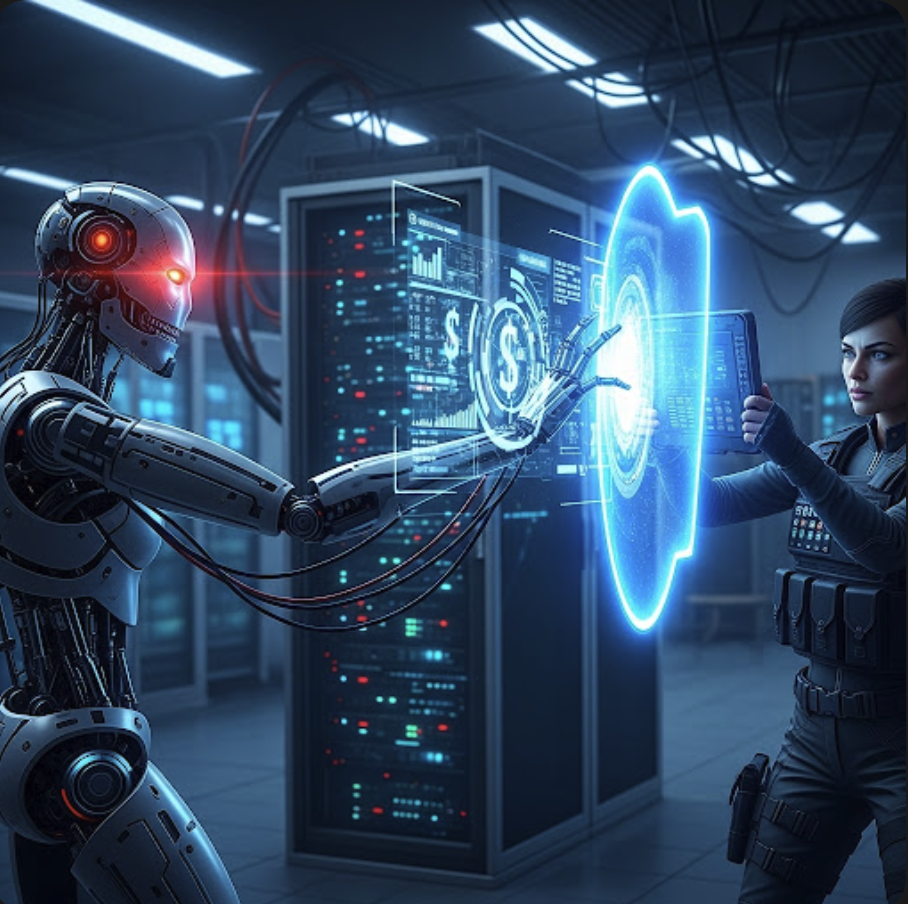
July 16th 2025
Remember the early deepfakes? Those grainy, often-jiggling videos with obvious lip-sync errors? Fast forward to 2025, and those “jiggle and glitch” days are long gone. Today’s deepfakes are sophisticated, convincing and the new weapon of choice for AI-driven criminals.
Gone are the days when deepfakes were just about fake celebrity videos. Now, they’re precise tools for calculated fraud and deception. Here are some of the emerging categories:
Financial fraud and business-email compromise (BEC)
Imagine a video call from your CFO instructing an urgent, high-value transfer—but it’s not them. Or a voice call from your CEO authorising a payment. We’ve seen chilling real-world cases, like a Hong Kong firm losing $25 million after a deepfake video call with their “CFO” and “colleagues.” These aren’t just one-off incidents; they are highly targeted, multi-modal attacks that combine deepfaked visuals and audio with social engineering.
Identity theft and account takeover
Biometric security, once our strong shield, is now a target. Deepfakes are being used to bypass facial recognition and voice authentication systems. Criminals use stolen data to create synthetic faces and voices, then “inject” them into verification processes, fooling systems designed to keep you safe.
Romance scams and extortion
Deepfake technology adds a terrifying new dimension to emotional manipulation. Scammers create realistic “digital twins” of victims or loved ones, exploiting personal connections for financial gain or even synthetic blackmail using fabricated intimate imagery.
Political misinformation and influencing operations
Deepfakes can create fake statements from public figures, manipulate election narratives, or spread propaganda, threatening democratic processes and public discourse at scale.
Remote job interview fraud
A new frontier of deepfake crime involves using synthetic video and audio to impersonate candidates in remote interviews, gaining access to sensitive company information or even employment under false pretenses.
The speed and accessibility of generative AI tools mean these sophisticated attacks are no longer reserved for highly skilled hackers. Off-the-shelf tools make it easier for anyone to create convincing fakes.
What does this mean for you?
In this rapidly evolving landscape, simple vigilance and common sense, while important, are often no match for an AI-powered adversary.
It’s time to equip yourself with the proactive defenses required for the digital age.
